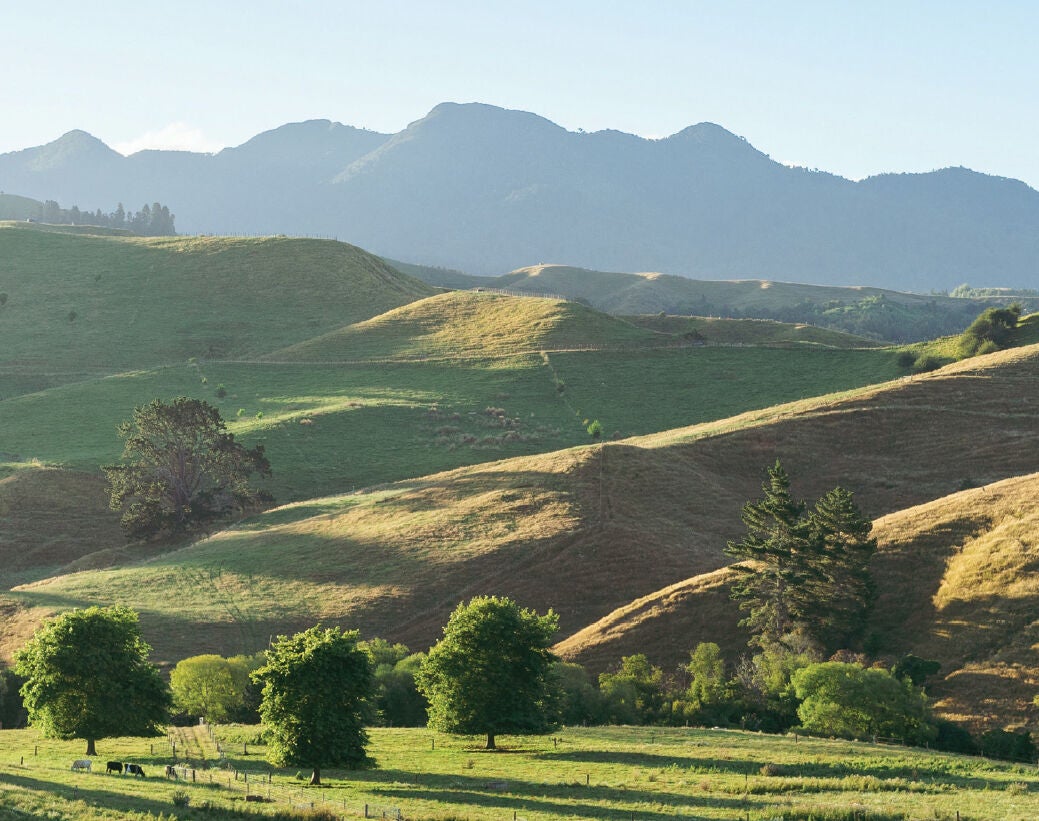National View -
Will climate change escalate land values?

Climate talks have been thrust into the spotlight this summer, catalysed by the devastating effects of Cyclone Gabrielle and heavy rainfall across the Upper North Island, with experts noting a return to focus on the inherent qualities of existing green space could see an escalation in land values.
A significant increase in our domestic population in the decade to 2020 has seen the rapid growth of large land sites and greenspaces for intensive housing development, in addition to commercial precincts and the amenities which support a burgeoning number of Kiwis.
As New Zealand’s population rose, an insatiable appetite for housing rendered supply unable to meet demand against a backdrop of pressure on ageing infrastructure, including the roading network, water systems and community facilities.
Despite zoning provisions by successive local and central Government bodies which have sought to balance more intensive development with sustainability considerations, calculations estimate Auckland residents’ proportion of greenspace has fallen some 30 percent in little over 30 years, with broad impacts on the way we view and value greenbelts, gardens and natural areas.
Climate considerations
The latest Intergovernmental Panel on Climate Change (IPCC) report found that cities are key drivers of emissions, generating around 70 percent of the carbon dioxide released globally.
Thought to be primarily through transport systems which rely on fossil fuels, and building and household consumption, the loss of valuable greenspaces also plays a pivotal role in global warming and our ability to manage extreme weather events.
Scientists agree the benefits provided by natural areas are wide-ranging, and the role they play in temperature regulation, stormwater management, air filtration, and habitat provision is critical to the health of our environment.
Preserving the inherent characteristics which enable green spaces to mitigate the effects of manufactured climate change will play a more valuable role in sustainable growth, particularly as cities become hotter and subject to more extreme weather in a changing climate.
Role of regulation
A recent report by the Parliamentary Commissioner for the Environment has found the primary factor driving the loss of urban greenspace is an emphasis on infill development, which has seen the conversion of backyards, gardens and private greenspaces into subdivisions, alternative dwelling types, and sealed car parking.
In response to challenges of supply and demand and in part, an answer to the rapid escalation of house prices across New Zealand, new central Government rules, including Medium Density Residential Standards (MDRS) under the National Policy Statement on Urban Development (NPS-UD) will require high-growth councils (Auckland, Tauranga, Hamilton, Wellington and Christchurch) to allow building of up to three homes of up to three storeys on most residentially zoned sites without the requirement for resource consent.
Critics have been vocal about the standards, which have the potential to accelerate the ongoing reduction in private green space with little consideration given to how we might recoup the loss of these areas through an increased provision of public parks and conservation areas.
The Auckland Council, in particular, lodged a Private Plan Change 78 in response to the MDRS identifying concerns over the city’s infrastructure capacity and the protection of special character areas (the city-fringe suburb of Grey Lynn boasts one of the highest concentrations of Victorian-era homes, for instance).
The application explicitly recognised the cooling function trees provided for communities and sought to include an objective which would require sustainable development to ‘reduce the urban heat island effects of development and respond to climate change by providing deep soil areas to enable the growth of canopy trees.’
There is no statutory requirement for New Zealand’s territorial authorities to plan for or provide public green spaces for communities across the country, which has the potential to render private green space and undeveloped land sites in short supply, putting upward pressure on land values.
Impact on land values
With housing affordability a critical issue for many Kiwis, shrinking property size has been an achievable pathway into homeownership.
Recent building consent data has shown that the country’s share of townhouses, units and attached dwellings like flats has increased by 45 percent in the 10 years to 2022, as backyards, private greenspaces and semi-rural land sites are craved up and utilised for more intensive housing.
By 2043, estimates say Auckland will require nearly 210,000 extra homes to shelter an increasing number of residents and that up to 3,000ha of existing private green space could be lost to housing development.
Commentators have recognised the link between this growing appetite for homes in New Zealand’s most densely populated cities and the loss of valuable green space, noting the emerging impacts of climate change, in conjunction with development, are likely to see natural areas, reserves, gardens and areas of vegetation valued at a higher financial rate given scarcity.
As climate change contributes to more adverse weather events, pockets of the natural environment will play an increasingly important role in mitigating the worst effects.
At the same time, policymakers have an extremely difficult time balancing the need for urban development and affordable housing against the preservation of vital green spaces, making leafy streets, communities serviced by reserves, recreational areas and parklands, homes with backyards, rural and lifestyle properties all the more valuable to a warming world.
Read more...